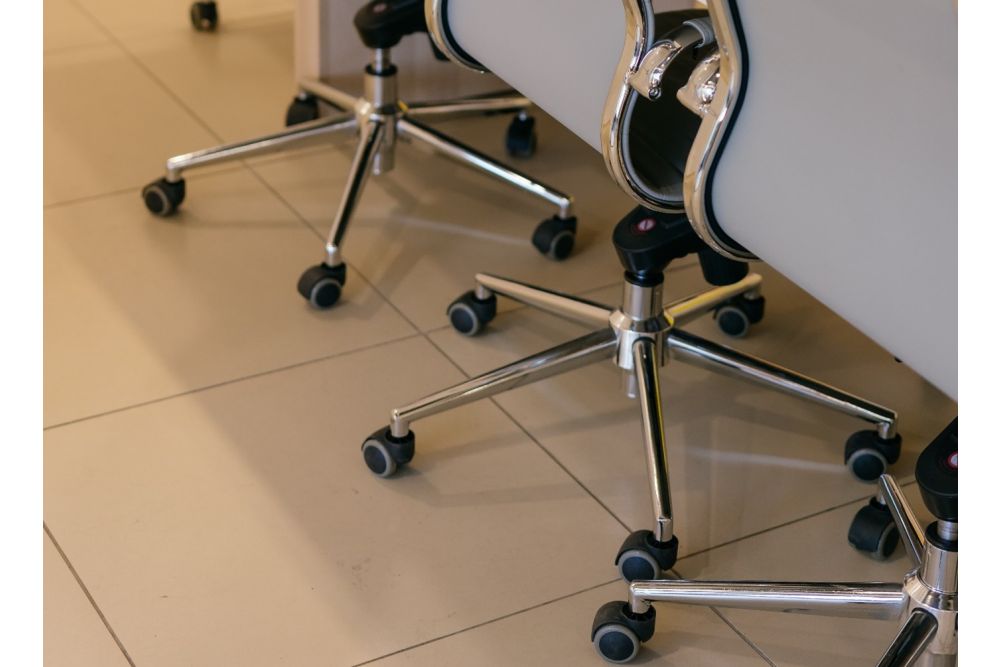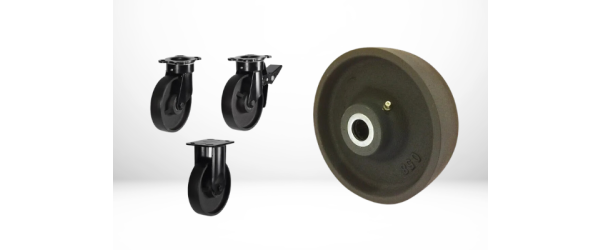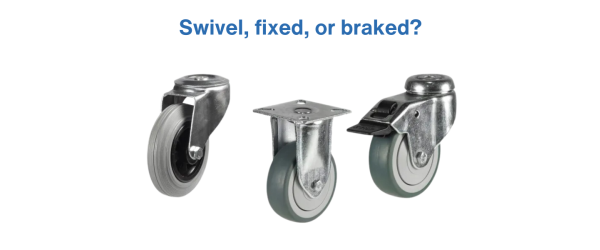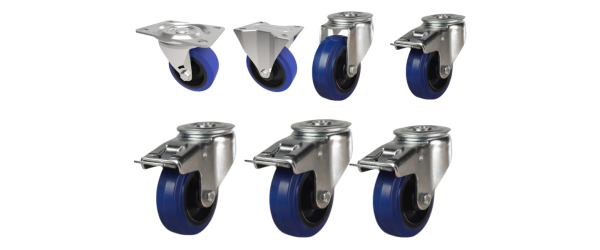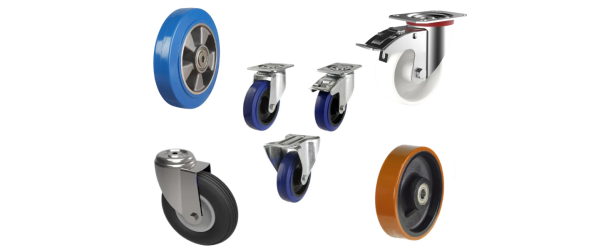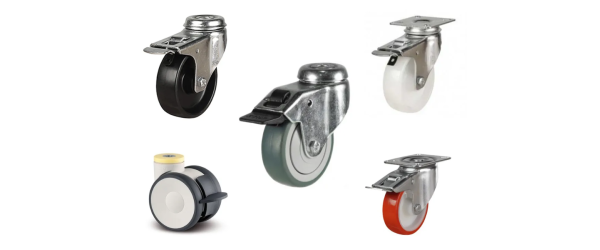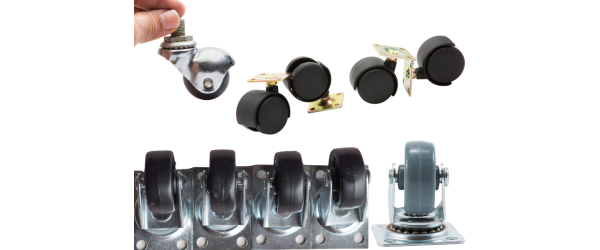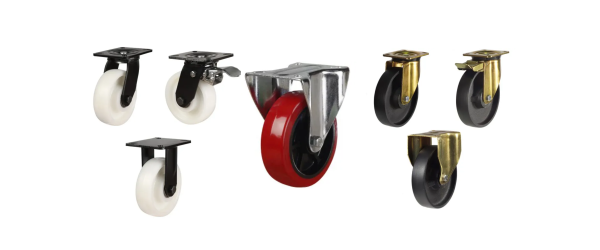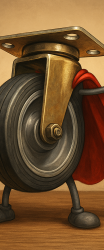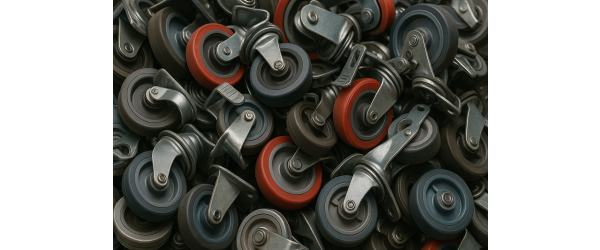We all value comfy office chairs, don't we? They support us through long hours of work, providing some much-needed comfort. But like every other piece of office equipment, your faithful desk chair may need a bit of TLC over time, particularly its wheels or castors. Did you know that on average, office chairs are replaced every seven to eight years? Instead of replacing an entire desk chair due to a broken wheel, the lifetime of the chair can be extended by the replacement of its wheel(s).
In this comprehensive guide, we'll detail how to know when it's time to replace your office chair wheels, how to choose the right castors, and most importantly, how to replace them. So, let's dive right in.
When Should You Replace Your Office Chair Wheels?
The first step in the process is determining when it's the right time to replace your chair's wheels. Here are three tell-tale signs to look out for:
Unwanted Noise: If your desk chair makes squeaking or grinding noises when moving, it's a signal that the wheels might be on their last leg.
Difficulty in Movement: When your office chair becomes challenging to move around or doesn’t glide smoothly as it used to, that's a sign you need to look at replacing the wheels.
Visible Damage: This is the most noticeable sign. Any cracks, broken wheels, or worn-out treads are clear indicators that it's time to shop for new office chair wheels. Perhaps your desk chair wheel has even fallen right off!
Choosing The Right Wheels For Your Desk Chair
Once you've ascertained that your chair wheels need a replacement, the next step is choosing the right kind of wheels. Here's what you should consider:
Floor Type: Consider the type of floor you have in your office. For instance, soft wheel castors are ideal for hard surfaces like timber and tiles, while hard wheel castors are perfect for softer surfaces, such as carpets.
Weight Capacity: It's important to choose wheels that can comfortably bear the weight of the user plus the chair. This is true of any appliance which may need castors for mobility. At Castors Online, we provide a broad range of wheels
with varying weight capacities.
Brake Option: Depending on your need for mobility, you might want to consider chair wheels with a brake option. These are especially useful for sloping or uneven floor surfaces.
How To Replace Office Chair Wheels
Now that you have your new wheels, it's time to get down to business. Replacing office chair wheels is surprisingly simple. Below, we’ve created a step-by-step guide.
Step 1: Removal of the Old Wheel
Turn your desk chair upside down and check the stem of the wheel. If it's a threaded stem, you may need to use pliers to unscrew the old wheel. If it's a grip ring stem, pull it out with a good yank. If your wheel gets stuck, it may be a good idea to try plying it out with a screwdriver.
Step 2: Prepare the New Wheel
Before attaching your new wheel, make sure to clean the socket to ensure no debris or dust will hinder the new wheel's installation.
Step 3: Installation of the New Wheel
Take your new office chair wheel and push the stem into the socket. If it's a threaded stem, you'll need to screw it in. For grip ring stems, a solid push should do the trick.
That's it! You've successfully replaced your office chair wheel.
Looking For Replacement Wheels and Castors?
Office chair wheels, despite their humble stature, are integral to your comfort and productivity. They bear our weight and ensure smooth movement across office flooring. Hence, timely replacement of worn-out or damaged wheels is essential.
Remember, identifying the need to replace your wheels, choosing the right replacements, and installing them correctly can extend the life of your chair and make your work experience much more comfortable.
At Castors Online, we offer a wide selection of office chair wheels to suit every need. Whether you’re seeking wheels for a plush executive chair or a standard office seat, we’ve got you covered. And if you need further assistance, don't hesitate to contact us. We are always ready to help you make the right choice.
